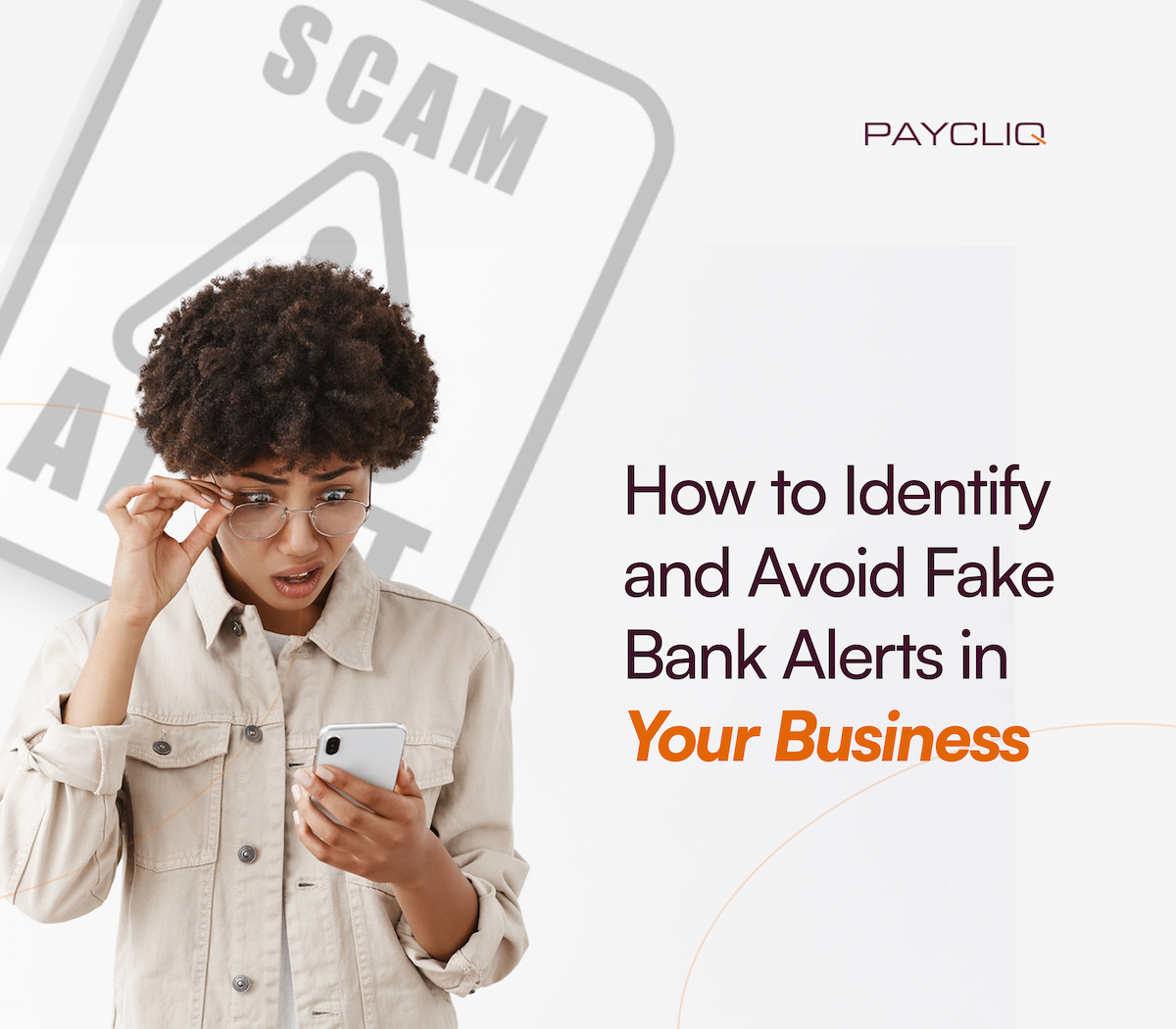Customer is king, and their satisfaction is important, but understand that all customers are not king; some are fraudsters trying to hurt you and your business. Though digital payments have made business transactions faster, they have also opened the door for scammers using fake bank alerts to trick unsuspecting business owners. These alerts often look convincing and push sellers to release goods or services without receiving actual payment. If your business accepts transfers, it’s essential to know how to detect and stop these fraudulent activities before they impact your business negatively.
What Is a Fake Bank Alert?
A bank alert is a message, usually via SMS or email, from your bank that notifies you about account activities such as credit, debit etc. Fraudsters, however, can mimic these alerts using forged messages or altered receipts and make it seem like a transfer has occurred when it has not.
Understanding the difference between real and fake notifications is the first step toward securing your business.
How to Identify Fraudulent Transactions
Below are essential tips to help you recognise a fake bank alert:
- Always Check Your Actual Balance: Do not rely solely on SMS notifications. Log in to your mobile banking app or use USSD codes to confirm payment. You can also check your emails for confirmation.
- Verify Sender’s Details: Receipts can be forged, so, look out for the senders details which may contain irregular names and reference number. Contact your account officer or bank to confirm large or suspicious transactions before releasing goods.
- Beware of Rushed Transactions: Scammers often create urgency to distract and pressure you. Be observant and wary of such individuals. If they are in a haste to wait for transaction confirmation, they should not be obliged but should be reported to the security.
- Use Verified Payment Channels: Opt for platforms that offer real-time confirmation and transaction logs to reduce risk.
- Examine the SMS Details: Look closely at the sender ID, spelling, and formatting. Fake alerts often contain small errors.
- Track Every Transaction: Keep records of payments made, goods released, and customer details to help reconcile your accounts.
How to Prevent Fake Alerts Using Smarter Systems
Prevention is better than recovery. Below is how to stay ahead;
- Enable Instant Notifications: Aside from SMS and email alerts received directly from your bank for every transaction, activate instant notifications on your POS system. Advanced POS systems like PayCliq have this and other security features to mitigate fraud.
- Use Dual Notification Channels: If one channel fails, the other keeps you updated. This ensures you never miss a payment update.
- Train Your Team: If you have staff, teach them how to handle and verify transfers properly and to adhere to your business’s policies.
- Report Suspicious Activities: Fraud attempts should be reported to your bank and payment service provider immediately.
- Hold Goods Until Payment is Verified: Whether it’s a receipt or a transfer screenshot, nothing should go until you confirm the funds.
Our Take
Fake bank alerts are becoming more sophisticated, so you should stay alert and ahead to protect your business. Whether you have a big or small business, safeguarding your income should be non-negotiable. Additionally, using a service provider like PayCliq, staying alert, and educating your can help you in the effective management of payments and avoiding fake alert scams.



What do you think?
It is nice to know your opinion. Leave a comment.